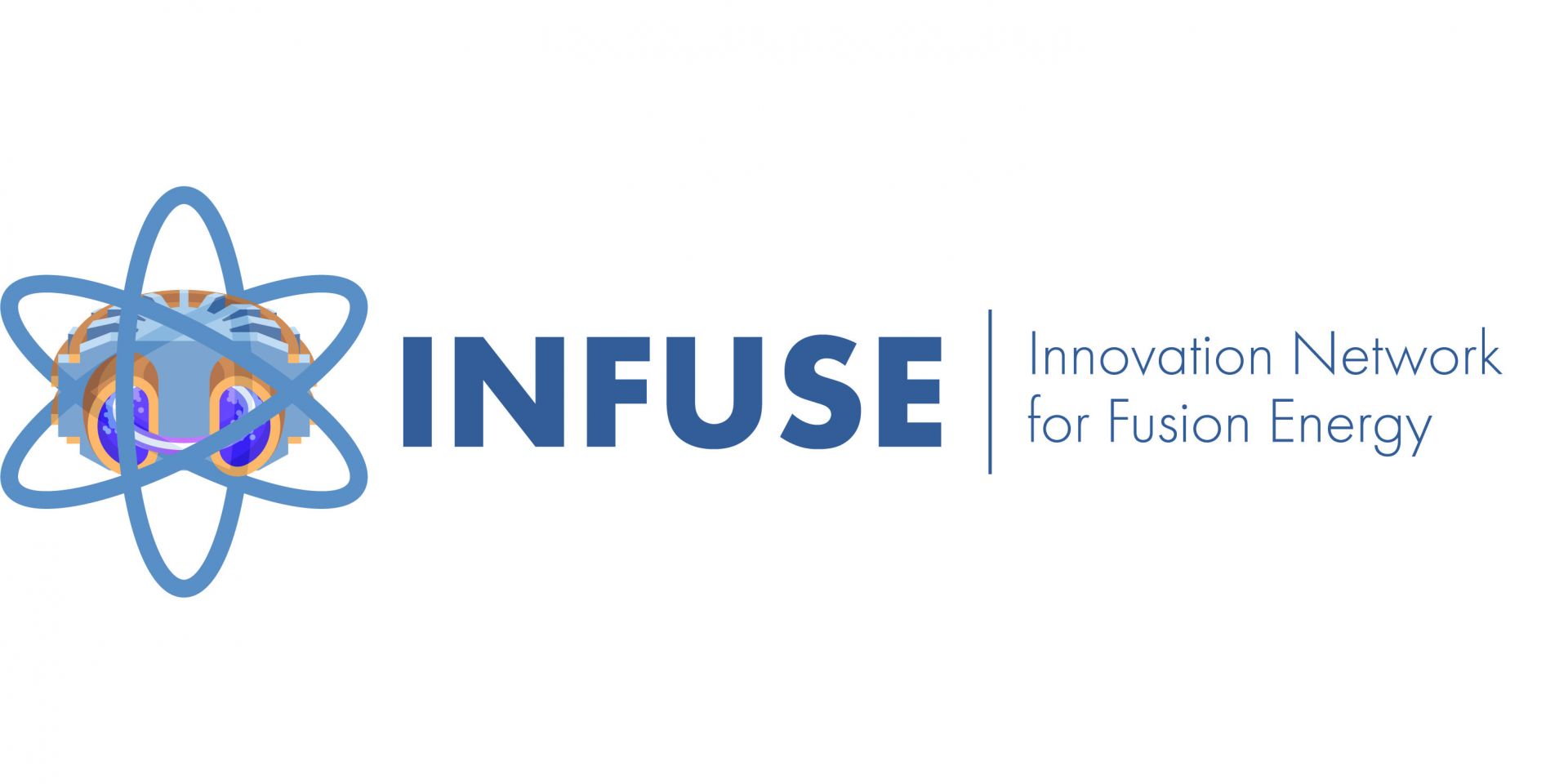Three fusion newcomers in latest batch of public-private INFUSE awards
August 9, 2024, 9:31AMNuclear News

The Department of Energy yesterday announced 17 awards totaling $4.6 million for projects at private fusion companies in cooperation with U.S. national laboratories and universities through the Innovation Network for Fusion Energy (INFUSE) program. Each one- to two-year award ranges from $100,000 to $500,000.
To continue reading, log in or create a free account!

